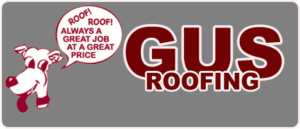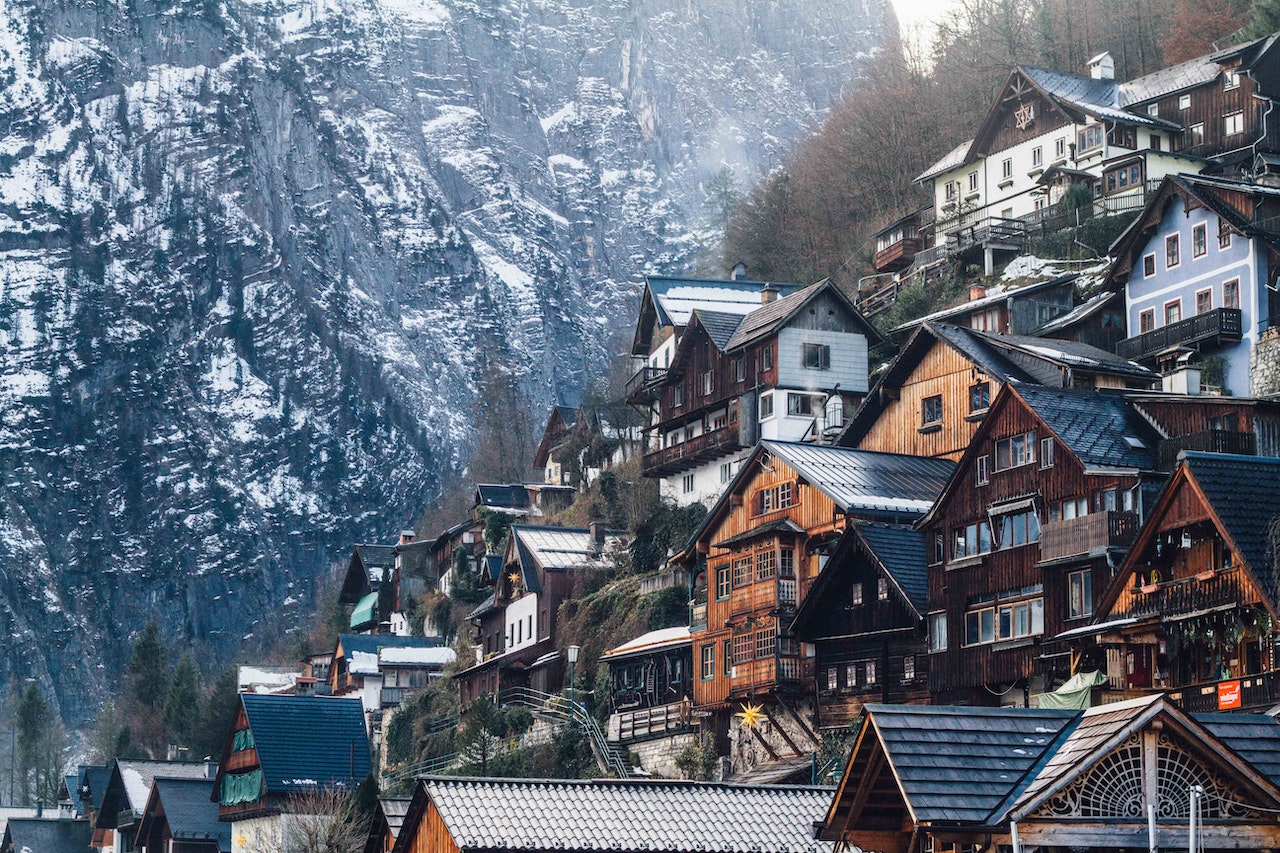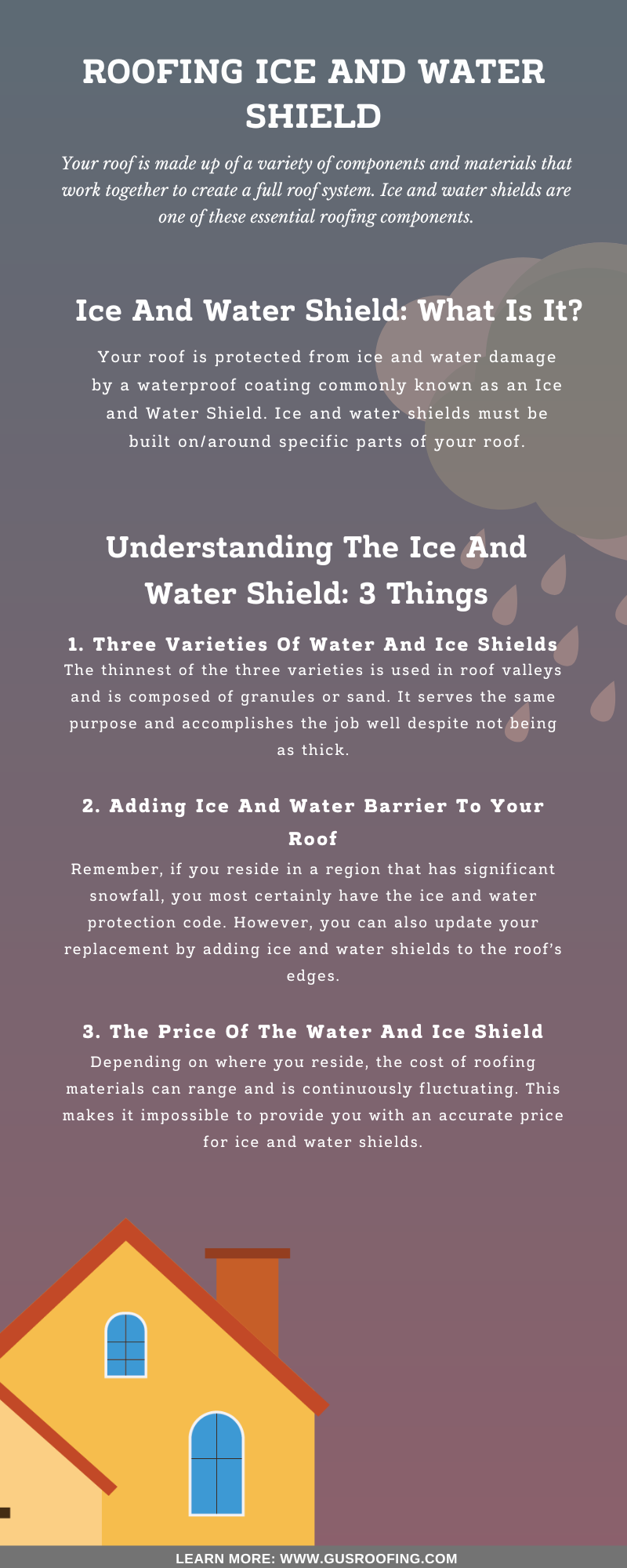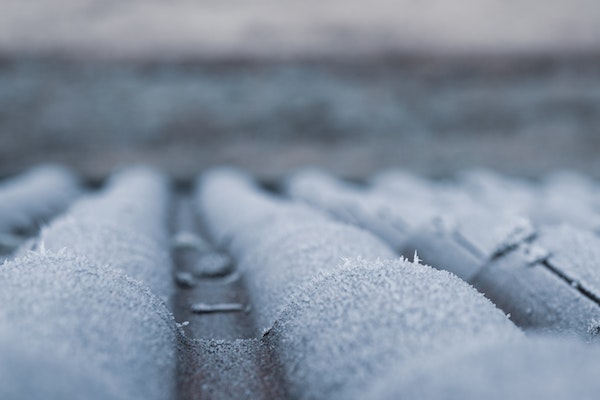Roofing Ice And Water Shield
Most homeowners picture the shingles they see from the street when they think of a roof. A roof, however, is much more than that.
Your roof is made up of a variety of components and materials that work together to create a full roof system. Ice and water shields are one of these essential roofing components.
Every homeowner should be aware of the components that go into the construction of their roof. We’ll discuss the information you need to know about ice and water shields in the following article.
You’ll understand what ice and water shields are by the time you’ve finished reading this, along with three important points.
Ice And Water Shield: What Is It?
Your roof is protected from ice and water damage by a waterproof coating commonly known as an Ice and Water Shield. When water leaks through your roofing material, its main purpose is to protect your roof decking (metal roof, asphalt shingles, etc.).
Ice and water shields must be built on/around specific parts of your roof, such as the valleys, the region surrounding penetrations, and the roofs with a two-twelve, three-twelve, and four-twelve pitch. Every roof needs to have it because of how important it is.
There is also a code for people who live in the US above the snow line. In order to prevent leaks brought on by ice damming after a heavy snowfall or ice storm, this regulation requires the installation of ice and water shields along the margins of your roof, (check here for more info).
If you reside in a region that has significant snowfall, municipal regulations generally require you to install two rows of ice and water shield along the rakes and eaves of your roof.
Understanding The Ice And Water Shield: 3 Things
You are now aware of what ice and water shield is and why your roof needs it. You still need to understand more about it, though. The three things you should know about ice and water shields are as follows.
-
The Three Varieties Of Water And Ice Shield
There are three different types of ice and water shields: smooth, high heat, and granular/sand surface.
The thinnest of the three varieties is used in roof valleys and is composed of granules or sand. It serves the same purpose and accomplishes the job well despite not being as thick.
Low slope roofs employ ice and water shields with a smooth surface. When a roof has a 2/12, 3/12, or 4/12 pitch, as described in the first section, this style is appropriate.
Protection is important against ice and water on a low-slope roof. High heat ice and water barriers, which are typically used on metal roofs, are constructed of cotton-like fibers. It won’t stick to metal during its expansion and contraction because of the material it is made of.
This prevents the metal panels from endangering the ice and water shield. High heat ice and water shields are used on metal in addition to being used with premium roof systems (cedar and slate shake) to offer further protection.
-
Adding Ice And Water Barrier To Your Roof
Remember, if you reside in a region that has significant snowfall, you most certainly have the ice and water protection code as stated previously. However, you can also update your replacement by adding ice and water shields to the roof’s edges.
If you live somewhere that never gets snow, you might assume this isn’t essential, and you’d be right. But water can still enter homes when there are severe rainstorms or snowstorms.
When it comes to snow storms, ice damming is consistently the leading offender. In actuality, your only option for stopping the leak is to wait for the snow and ice on your roof to melt.
Installing ice and water shields at the roof’s borders, which extend 2 feet past the inside walls of your home, will, nevertheless, block leaks brought on by ice damming (rakes and eaves). You can only make this improvement if you replace your roof, so beware.
Add this upgrade to stop future ice damming if you are now experiencing it or have in the past. Just be aware that it will increase the price of your new roof.
-
The Price Of The Water And Ice Shield
Depending on where you reside, the cost of roofing materials can range and is continuously fluctuating. This makes it impossible to provide you with an accurate price for ice and water shields.
We can, however, give you a rough idea of the cost based on the type you’re using. The cost of a 3 feet by 33 feet row of granular or sand-based ice and water barrier material starts around at $50.00. Smooth ice and water shields can be installed on a low slope roof for roughly $100 per square (one hundred square feet of roof area).
High-heat water and ice shields will cost about $125.00 per square, which is a bit extra. These figures, while not totally accurate, do give you a general sense of the cost of installing ice and water shields to your roof.
If you’re looking or in need of roof inspection, visit our website and connect with us and we’ll get you scheduled right away: https://www.gusroofing.com/





